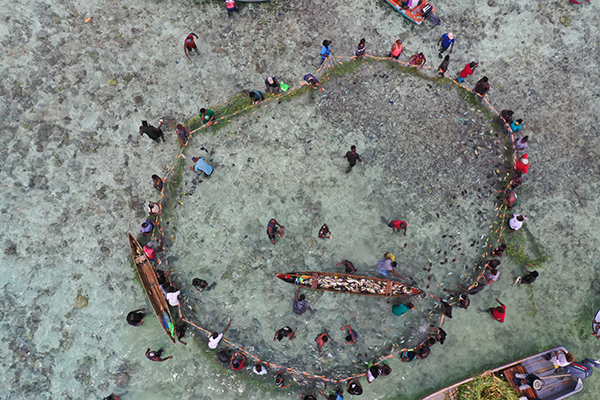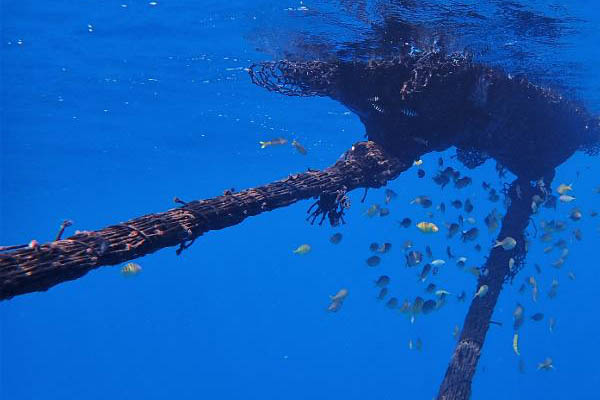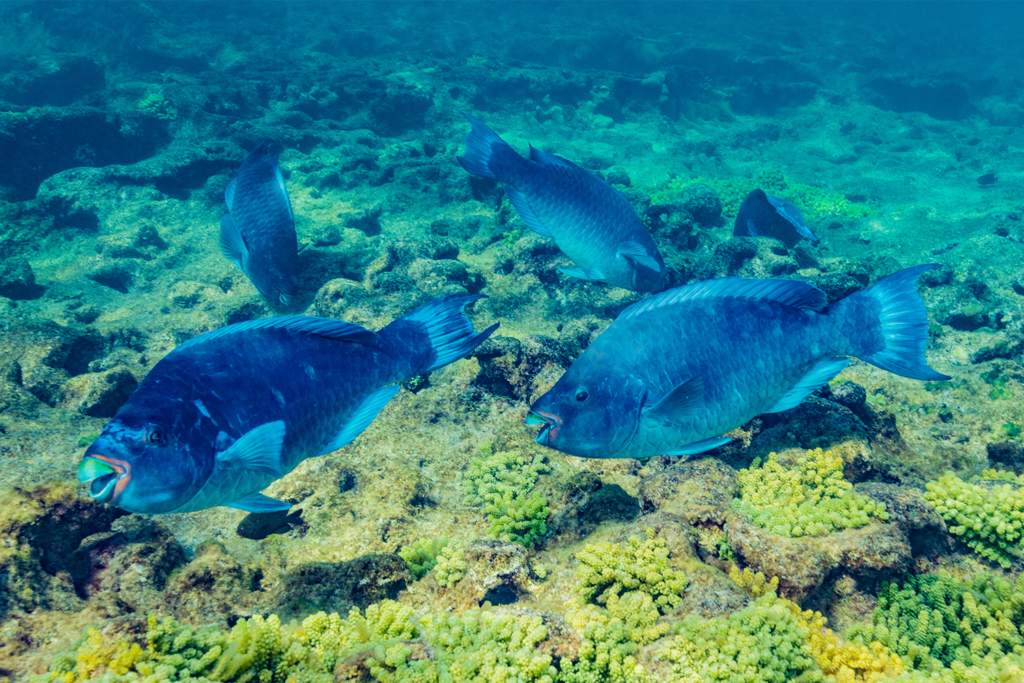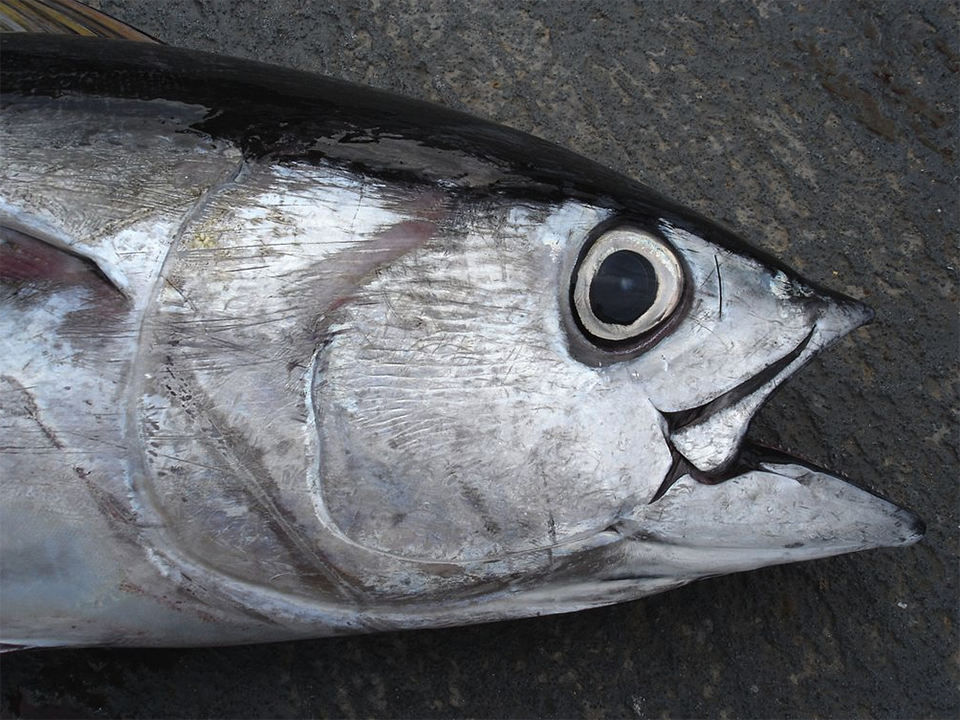Marine Protected Areas must be flexible and responsive – not absolute: study

With fish stocks declining globally, more than 190 countries recently committed to protecting about one-third of the world’s oceans within Marine Protected Areas (or MPAs) by the year 2030. But these designated areas of the ocean – where fishing is either regulated or outright banned – can come at a huge cost to some coastal communities, according to a new analysis published in in the Proceedings of the National Academy of Sciences.
To help prepare for the expansion of MPAs, an international team of researchers from Duke University, Florida State University, World Wildlife Fund (WWF) and other organizations assembled a global dataset of over 14,000 fish surveys in and around 216 MPAs in 43 countries to determine what works and why.
“Many people, especially those in coastal communities, have strong food, job or cultural ties to the ocean,” said Dominic Andradi-Brown, co-author and lead marine scientist at WWF. “Our results show that big gains for nature don’t have to come at the cost of excluding people. Future ocean protection and conservation that is tailored to allow a range of uses can be successful – provided that good management is in place.”
Overall, the study found that no-take MPAs are the most effective in restoring fish populations in heavily affected areas. However, for coastal communities that depend on fishing for food, income and important cultural/Indigenous practices, the findings suggest there may be other effective options.
“In those under-resourced and culturally important areas, it would be unethical to take away local and indigenous people’s rights to harvest and eat fish,” said David Gill, lead author and an assistant professor of marine science and conservation at Duke University’s Marine Lab.
Multiple-use MPAs, in which fishing can be regulated by species, size or season, were identified as “a reasonable alternative.”
“Our research shows that both no-take and multiple-use MPA approaches were 97 percent likely to improve fish populations,” Gill said. “But neither will work very well without adequate staff or sustainable use regulations in place.”
Researchers develop model to predict success of Marine Protected Areas
The study recommends investing in enhanced staff resources and contextually appropriate management, particularly for multiple-use MPAs, and using a portfolio of well-managed no-take and multiple-use MPAs designed to meet the local context.
“It’s not an all-or-nothing game,” Gill said. “There are options out there to get positive results. You can get benefits from marine protected areas where fishing is allowed. But they have to be done well.”
According to the researchers, it’s important to take into account communities that depend on natural resources to survive and thrive. In areas where no-take MPAs are not ethical or possible, well-staffed and appropriately regulated multiple-use MPAs are an “excellent alternative.”
“A key takeaway from these results is that context matters,” Gill said. “There is no cookie-cutter approach to effectively, and equitably, protect the world’s marine ecosystems. We need to consider what mix of conservation approaches are best for the local context and then invest in managing them fairly, and managing them well.”
Now that you've reached the end of the article ...
… please consider supporting GSA’s mission to advance responsible seafood practices through education, advocacy and third-party assurances. The Advocate aims to document the evolution of responsible seafood practices and share the expansive knowledge of our vast network of contributors.
By becoming a Global Seafood Alliance member, you’re ensuring that all of the pre-competitive work we do through member benefits, resources and events can continue. Individual membership costs just $50 a year.
Not a GSA member? Join us.
Author
Related Posts

Fisheries
Can repurposing fish aggregating devices make MPAs more effective?
A new study suggests that fish aggregating devices could be repurposed to enhance marine protected areas (MPAs).

Fisheries
An inverted management strategy allowing limited fishing of endangered marine fish species in marine protected areas
If implemented correctly, endangered species would recover in the larger areas outside MPAs and fishers would benefit from the conservation value.

Fisheries
Study: Marine protected areas unlikely to restore marine ecosystems
A new study has found that marine protected areas are limited in restoring food webs after intensive fishing.

Fisheries
Fisheries in Focus: Marine protected areas don’t help tuna population, new paper shows
Using stock assessment and fishing data, researchers find that the Phoenix Islands Protected Area did not meaningfully increase the tuna population.



